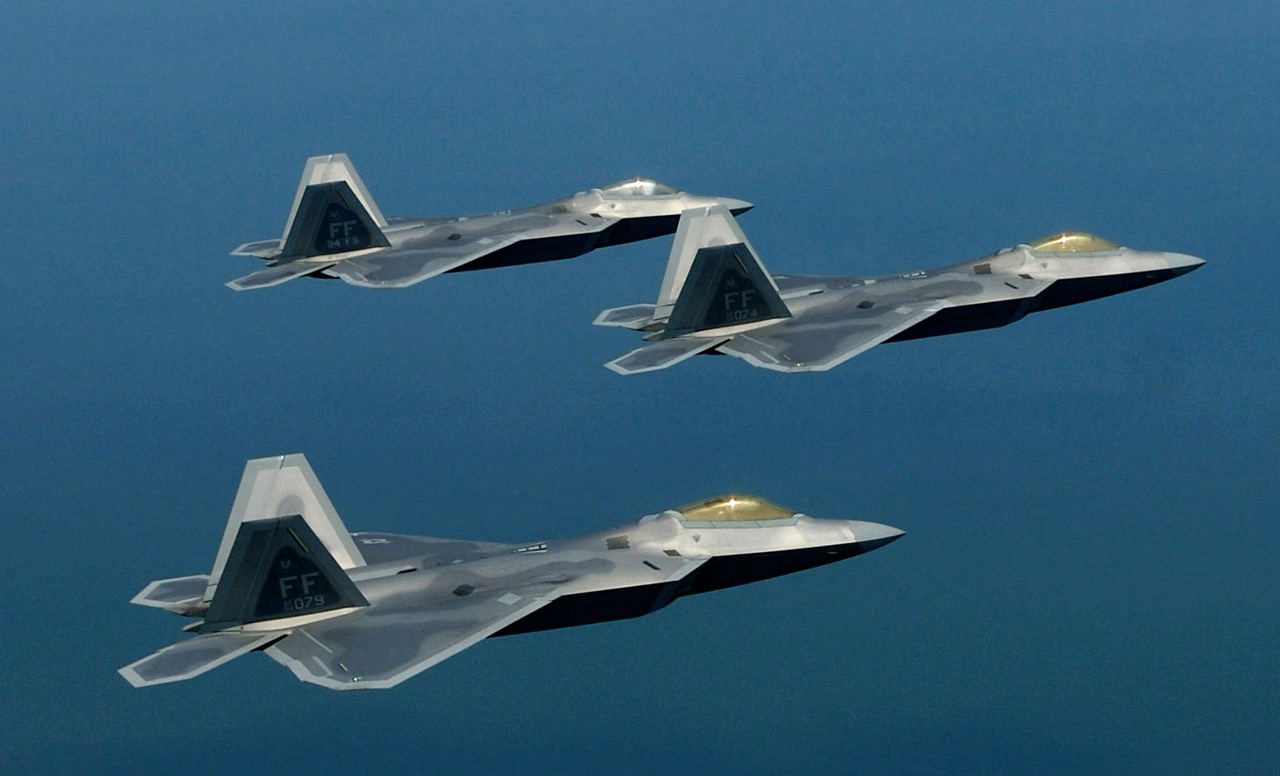The Military's Strategic Shift to Open System Architectures
This blog post delves into the U.S. military's strategic transition towards open system architectures, highlighting its impact on enhancing technological agility, fostering competition, and involving smaller businesses in defense projects. It also addresses the cybersecurity challenges posed by this transition, with specific references to the Army's open system initiatives and the USAF's adaptation of the F-22 Raptor to an open architecture framework.
The Military's Strategic Shift to Open System Architectures
The U.S. military, recognizing the dynamic nature of modern warfare, is increasingly transitioning to open system architectures. This shift is evident in various branches, notably in the Army's recent projects and the USAF's adaptation of the F-22 platform.
The Army Embraces Open System Architectures
The Army has been actively pursuing open system architectures to enhance its technological agility and interoperability. This approach facilitates the integration of diverse systems and components, fostering innovation and adaptability.

Projects like the Modular Active Protection Systems (MAPS) exemplify this shift. By adopting an open architecture, the Army enables rapid integration of new technologies and capabilities, addressing evolving threats more efficiently.
USAF's F-22: A Case Study in Open Systems
The USAF's F-22 Raptor stands as a testament to the power of open architectures. The transition to an open systems approach has allowed for greater flexibility in updating and enhancing the platform's capabilities.

This shift not only modernizes the aircraft but also paves the way for quicker, cost-effective upgrades, ensuring that the F-22 remains a formidable force in aerial combat.
Top tip
Due to major defense contractor acquisition laws, it takes almost 9 years from inception to mass fielding of a new system. This is a major problem in the modern era of warfare, where technology is evolving at a rapid pace. Open system architectures allow for more rapid development and deployment of new capabilities.
Advantages of Open System Architectures
Breaking Vendor Lock
One of the most significant benefits of open architectures is breaking free from vendor lock-in. This opens up the defense market to more competition, driving innovation and reducing costs.
Empowering Small Businesses
Open architectures lower barriers to entry, allowing smaller businesses to contribute to defense projects. This diversity of contributors leads to a richer pool of ideas and solutions.
Accelerating Capability Delivery
By facilitating easier integration of components and systems, open architectures expedite the process of fielding new capabilities to warfighters, ensuring they have the most advanced and effective tools at their disposal.

A Word of Caution: Cybersecurity Risks
While open system architectures offer numerous benefits, they also present new cybersecurity challenges. The increased interconnectivity and standardization of systems can potentially offer adversaries new vectors for cyberattacks.
It is imperative for the military to invest in robust cybersecurity measures and constantly evolve these defenses to safeguard against such vulnerabilities.
Conclusion
The military's transition to open system architectures marks a significant paradigm shift, one that promises increased innovation, competition, and rapid capability deployment. As this approach continues to gain momentum, it is crucial to balance the benefits with vigilant cybersecurity practices to protect these advanced systems from emerging threats.


